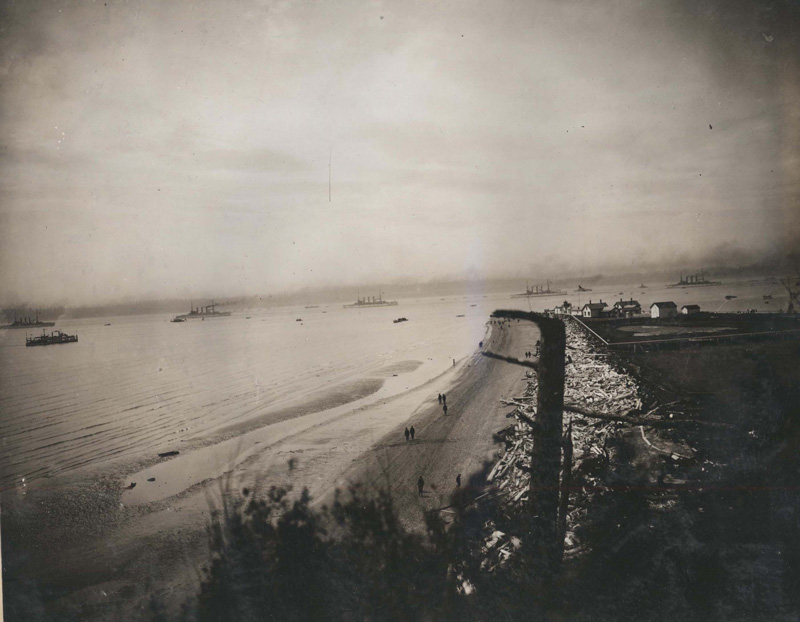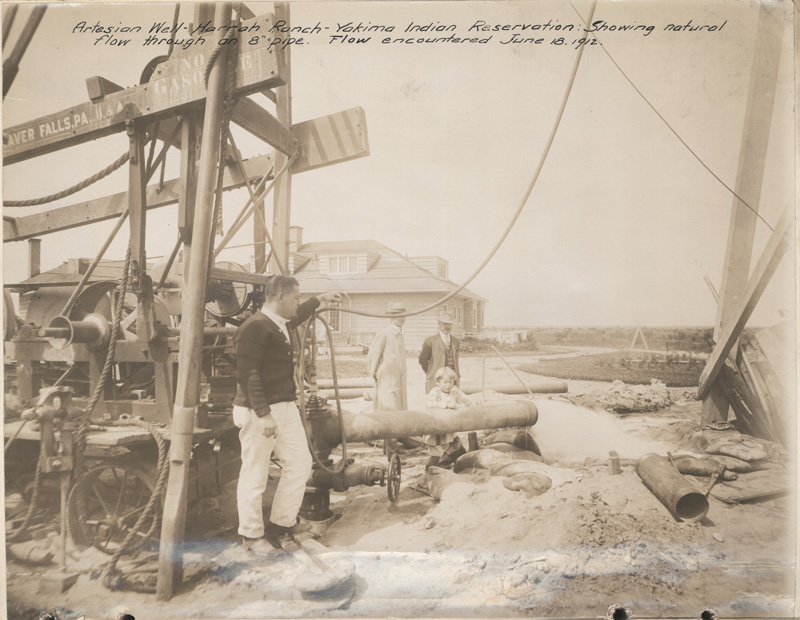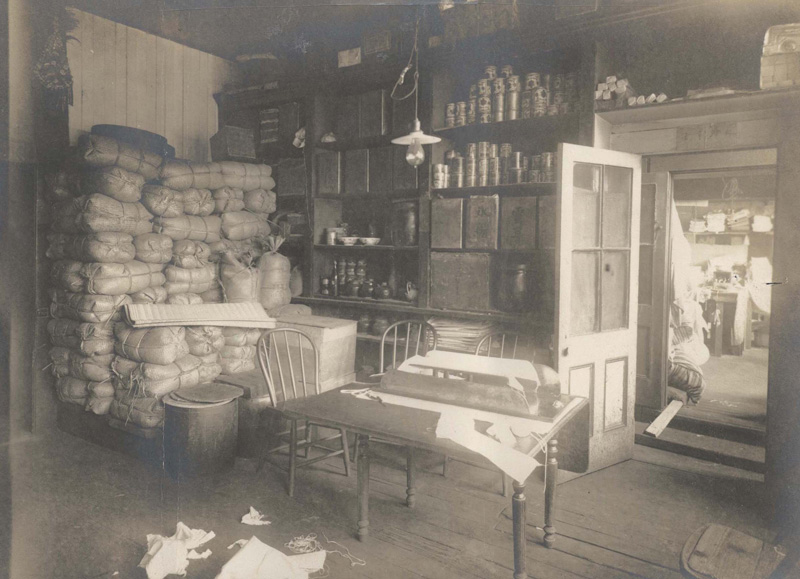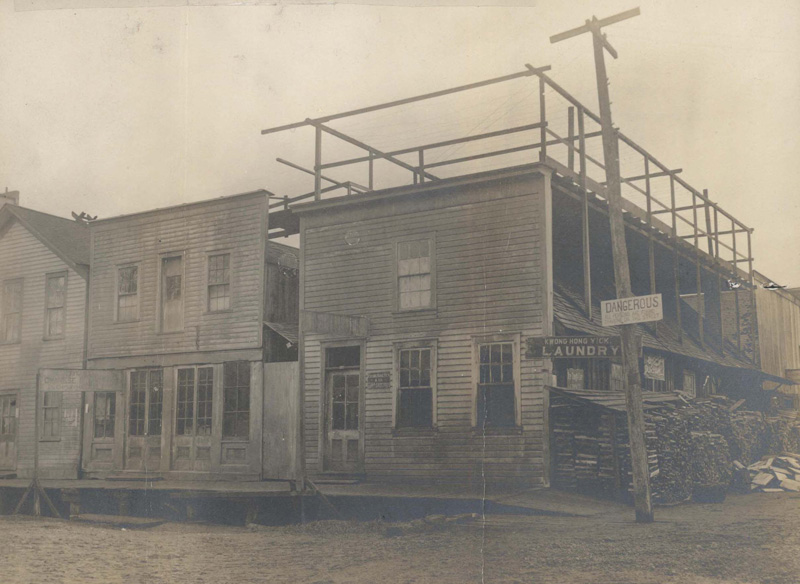
A New Century
New Years Day 1900 found the people of the Pacific Northwest in the midst of change. Native Americans had been moved onto reservations and their former lands opened to settlement. Two states, Washington and Idaho, finally achieved statehood in 1889 and 1890 respectively. The entire region experienced dramatic increases in population, both through migration from the east and immigration from Europe and Asia. Railroad lines had been completed to the region bringing passengers from the east, but water transportation remained important especially on Puget Sound and the Columbia River. Tensions over immigration from Asia, especially China, had resulted in Congress passing the Chinese Exclusion Act in 1882 which was not repealed until 1943. Records documenting the Bureau of Immigration’s attempt to enforce this act included photographs of Chinese businesses such as the Lock Doon store in Olympia, Washington. Crime rates increased with the population growth and larger Federal prisons were needed. Three panoramic photographs document the growth of McNeil Island Federal Prison from 1903 to 1937. The major cities of the region, Seattle, Portland, Spokane, Boise and Tacoma, grew significantly. At the same time, the more arid areas of Eastern Washington and Oregon and Southern Idaho remained sparsely populated. The Newlands Reclamation Act of 1902 provided federal funding for irrigation projects in the West and eventually led to construction of dams on the Columbia and Snake Rivers to provide water for irrigation and electricity. With increased irrigation, additional lands were brought under cultivation and a wider variety of crops was produced. In addition to agriculture, the Pacific Northwest economy remained dependent on resource extraction industries such as logging, mining and fishing.




